From keeping a steady course to making turns, you depend on the steering system of your car each time you drive your vehicle.
The steering system is perhaps one of the most crucial components of your car. This vital system enables you to navigate your car from your home to your destination, and vice versa.
That is why if you’re experiencing issues with your steering wheel, it’s always best to diagnose the problem and fix it right away.
One of the most common issues with the steering wheel is steering wheel play. So, how can you fix this problem?
1 What Does Steering Wheel Play Feel Like?
The main sign of a steering wheel play, and perhaps the first thing you’ll notice, is overturning when you turn your car.
Usually, mechanics call this problem “free play”. You will notice that your steering goes a bit too far from what it is supposed to whenever you turn your car. Thus, you’ll have to adjust the movement accordingly.
Another sign that you might notice is a weird noise that you hear when you hit a bump in the road. Typically, you’ll hear a knocking sound.
In addition to that, you might also feel a shimmy in the steering whenever you’re on the road or on the motorway where you can travel at higher speeds.
You’ll feel that your vehicle is moving from side to side more than it should. You’ll notice that you’re regularly adjusting your vehicle to keep it straight.
If you notice any of the issues mentioned above, then you’re experiencing a play in the steering wheel. If that’s the case, the best thing you can do is to bring it to a reliable mechanic.
Keep in mind that once your steering wheel experiences issues, your steering will deteriorate quickly.
Furthermore, any separation of components through this issue can result in a severe accident. If you feel that your steering is loose, the best th Save ing you can do is to stop driving your car and fix the issue as soon as possible.
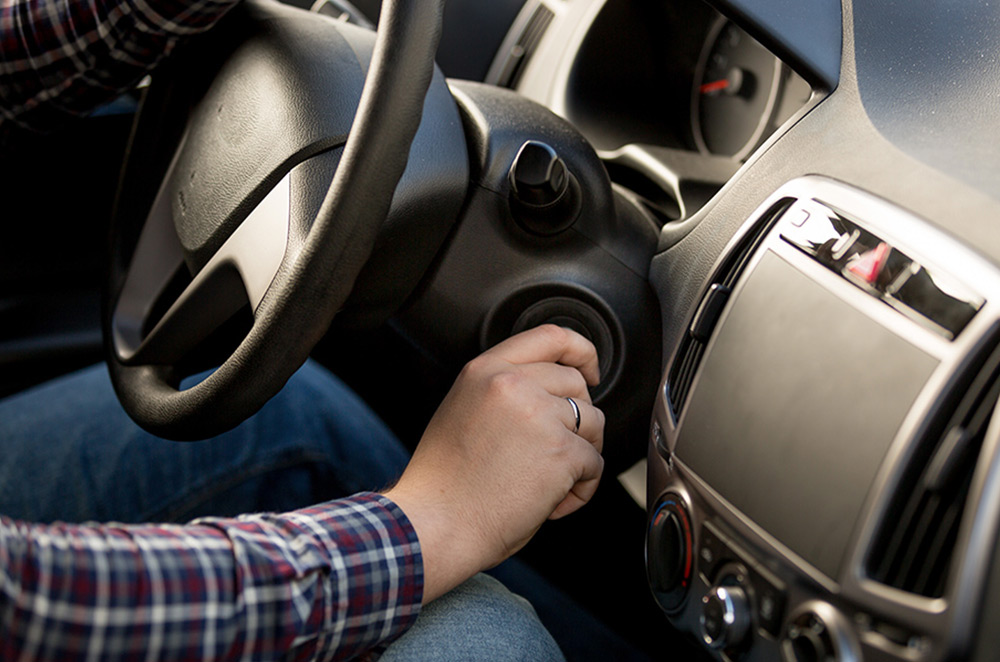
2 Who Do Some Cars Experience Steering Wheel Play?
The job of your steering wheel is quite simple. It directs which way the front tires of your vehicle point.
However, even though its job is quite simple, this car component utilizes a network of complex parts. Every single component plays a crucial role in directing your vehicle from left to right.
If any of these parts fall into disorder, the entire system might experience issues.
One of the most common indications that something is wrong with your steering system is when you notice that your steering wheel feels loose in your hands.
Typically, such looseness displays a feeling of play. This can make it hard for you to tell which way your wheels are turned.
So, why do cars experience steering wheel play? What causes play in steering wheel? Here are some of the most common reasons to consider.
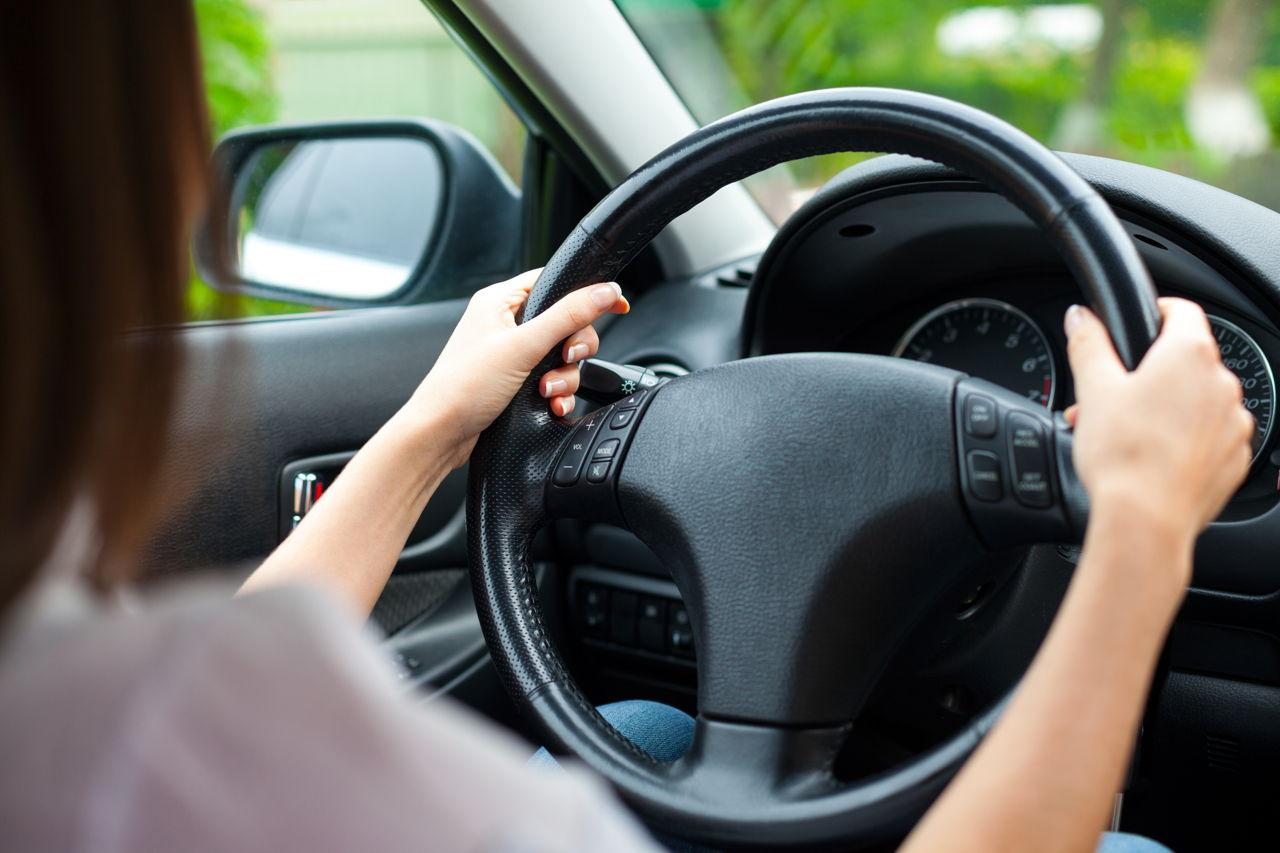
1) Unbalanced Wheel
One reason why your steering wheel feels loose when you drive it is that the wheels aren’t balanced.
Your car usually produces additional forces that cause the steering wheel to vibrate whenever the weight distribution on the tire circumference isn’t even.
You’ll feel the steering wheel vibration a lot stronger when you drive your car at higher speeds. If this is the case, you’ll have to balance the wheel and attach several small seals with various weights to your vehicle.
2) Worn Out Ball Joints
If you experience your car having a tendency to wander left or right, looseness, or excessive play on the steering wheel, it means that your car has issues with one or more of its ball joints.
For those who don’t know, the ball joints connect the control arms of your vehicle to the steering knuckles.
Aside from the unusual behavior of the steering wheel, a deteriorating ball joint might also result in weird knocking sounds, excessive vibrations, and uneven tire wear.
Oftentimes, car owners ignore this problem because they don’t want to spend money on car repairs. However, if you do this, you’ll end up paying more in the future.
This is particularly true if the issue becomes worse and it affects other components of your vehicle.
3) Worn Out Pitman’s Arm
Another component of the steering system that creates a connection between the front tires and the steering wheel is the Pitman’s arm. It’s one of the most vital parts.
The Pitman’s arm directly connects to the steering box sector shaft. In the system, the job of the Pitman’s arm is to convert the angular movement of the sector shaft into the linear movement that controls the front tires.
When the Pitman’s arm begins to deteriorate, you’ll notice a huge change in the way your car turns. Common signs of a deteriorating Pitman’s arm include poor behavior of your steering wheel.
You’ll probably notice that your steering wheel displays excessive play and looseness. You might notice that you’ve got to turn the steering wheel more than normal just to get the wheels to respond properly.
Another indication of Pitman’s arm deterioration includes the tendency for your vehicle to wander right and left while driving on a straight road.
As soon as you notice this issue, take your car to the mechanic right away. If your Pitman’s arm totally breaks down, you can’t drive your car anymore. Even if you could, it would still be extremely risky.
4) Deteriorating Tie Rods
Nowadays, almost every single car manufactured uses a type of steering system called the Rack and Pinion steering system.
This type of steering system uses parts known as tie rods. The purpose of the tie rods is to help move the wheels.
Usually, you’ll find the tie rods sitting at either end of the steering rack. Their purpose is to pull and push the wheels in and out in combination with the steering wheel’s movement.
Over time, the tie rods of your vehicle will suffer a lot of wear and tear. Because of this, they are usually one of the components that deteriorate a lot faster.
Also, your tie rods absorb tons of vibrations whenever you drive your car. There are a lot of things that can put stress on this component. This includes hitting potholes, popping curbs, and more.
Eventually, the tip of the tie rod deteriorates over the years. This tip is also known as the tie rod end. Deteriorating tie rods can’t keep your wheels stay in place anymore.
Because of this, you might start to notice a range of symptoms. You might notice that your vehicle usually pulls to one side or that your tires have uneven wear.
In addition to that, you might notice that your steering wheel feels particularly shaky or loose in your hands.
5) Loose Power Steering Belt
Another reason why you might be experiencing excessive play in steering wheel is that you’ve got a faulty or worn steering gear.
Oftentimes, this is caused by a worn or loose power steering belt. For those who don’t know, the steering belt is the component that links the power steering pump to the engine.
Thus, having a loose power steering belt might also result in excessive play on your steering wheel.
The power steering won’t be as responsive if the belt is too loose. On the other hand, the steering will be extremely hard if the belt is too tight.
If you notice that the power steering belt appears deteriorated or you hear weird sounds coming from the front of your car, you might have to replace the power steering belt of your vehicle.
Now that you know what causes play in steering wheel, the next is to understand how to diagnose the problem.
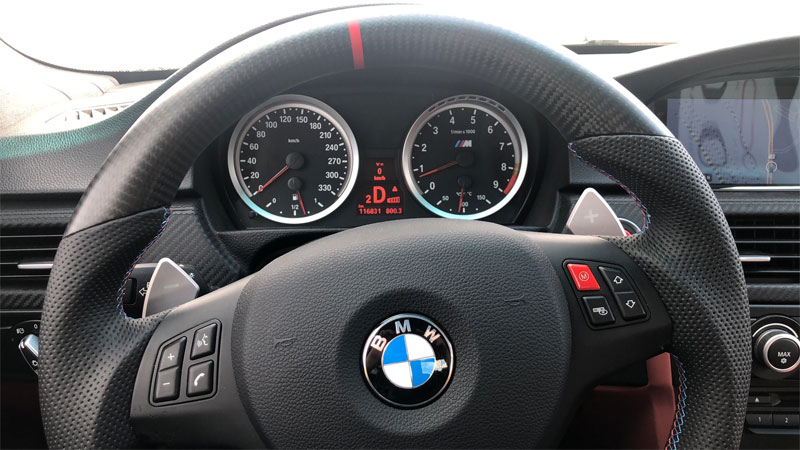
3 How to Diagnose Play in the Steering Wheel?
If you think that there might be an issue with your steering, the best thing you can do is to hire a professional auto mechanic for help.
You should not take risks with your steering system. As soon as you notice any problem, you have to determine what’s causing it. Then, you need to fix the problem as soon as possible.
When it comes to play in steering rack, you need to stop driving your car right away. This will help you prevent losing control of your car and causing an accident on the road.
If you keep on driving your car even if it has too much play on the steering wheel, you’re only making it dangerous for you, your passengers, and other drivers on the road.
If you’re a sensible person, the best option you have is to take your car to a professional mechanic so that they can diagnose the problem and make sure that there are no faulty steering components.
There are a couple of things that a mechanic will do to diagnose any issues with your steering wheel.
First of all, they’ll lift your vehicle and get rid of the tires. Doing so will enable them to have access to the steering components and suspension of your vehicle.
Then, they’ll examine the condition of the parts of your car. They do this to find out whether or not there are parts that you need to replace or fix.
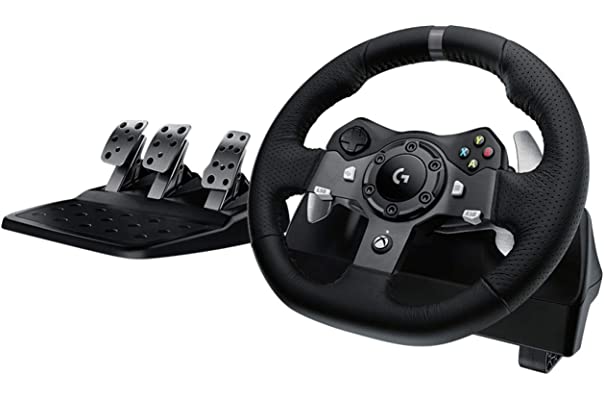
1) Fixing a Faulty Tie Rod
If they notice that the tie rods are deteriorating, they’ll carefully examine the component to see if there is any damage to the surface.
If they do determine that the problem is with the tie rod, they will get rid of it and replace it with a new one. Also, they’ll make sure that the new rod is lubricated properly once they complete the installation.
2) Fixing a Faulty Pitman’s Arm
If the mechanic determines that the issue is with the Pitman’s arm, they’ll also get rid of it from your car and replace it with a new one.
In addition to that, the mechanic will make sure that the Pitman’s arm is properly tightened. Once they finish the replacement, they will have to test the car first to make sure the new part is properly working.
3) Fixing a Faulty Ball Joint
On the other hand, if the mechanic determines that the issue is with the worn ball joints, they will get rid of the control arms first. Doing so will give them access to the broken ball joint.
Next, they’ll replace the damaged ball joint with a new one. Then, they will lubricate the new ball joint properly to ensure it works effectively.
The mechanic needs to ensure that every single component installed in your steering wheel or suspension is done properly. In addition to that, they should also lubricate them well.
Before you drive your car on the road with other vehicles, make sure you test drive your car first. This is to ensure that there is no more excessive play on the steering wheel.
If you still feel a problem while steering your car, you need to tell the mechanic so that they can re-evaluate your vehicle and ensure there aren’t any underlying problems.
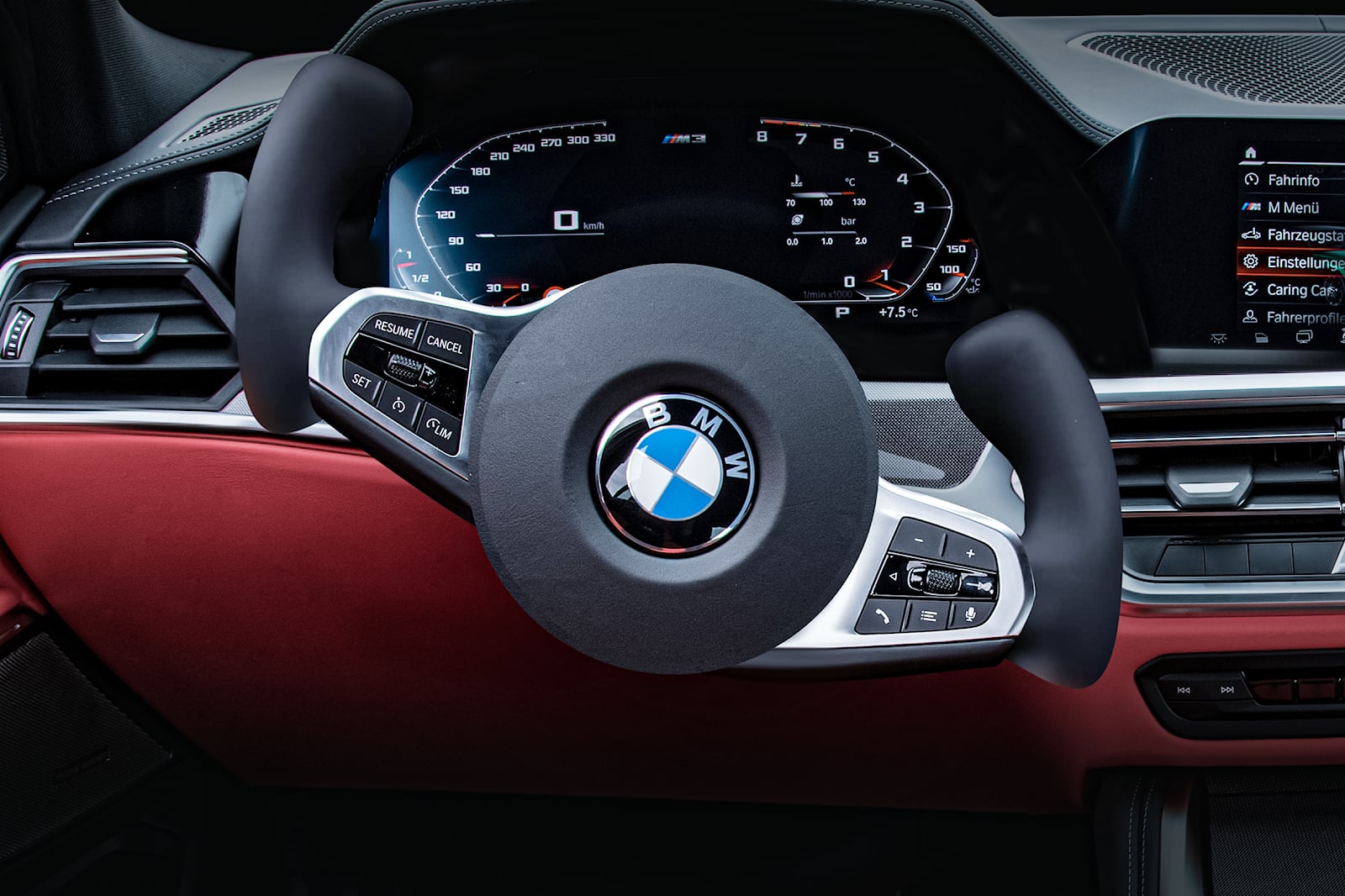
4 Adjusting the Play in the Power Steering
Oftentimes, you don’t have to bring your car to a mechanic when you feel an issue with your steering wheel. This is particularly true if you notice that the play isn’t that excessive at all.
Loose steering can make your driving experience feel unsafe and flimsy. One of the main causes of this is the play on your steering wheel.
Keep in mind that this is a common issue. Luckily, you can make a couple of simple adjustments to straighten out your car.
Step 1
First, you need to turn off your vehicle and put the transmission in neutral. Next, use the emergency brake of your vehicle to ensure it won’t move.
Then, place a jack stand under every side of the front frame of your car and jack it up. You can also put a couple of wedges behind the back wheels to ensure it won’t move.
Step 2
The next step is to turn the steering wheel all the way to the right. Once you’re steering wheel is locked to the right, slowly turn the steering wheel to the left.
Then, measure how much you need to turn the steering wheel in order for the tires to move in the opposite direction. You can use a ruler or steel tape for this.
If you notice that you need to turn your steering wheel more than 1 inch to move the tires, then you’re experiencing play in the steering wheel.
Step 3
Once you determine that there is a play in your steering wheel, open the engine compartment of your vehicle and look for the steering housing.
Typically, you’ll find the steering housing on the driver’s side next to the firewall. You can also use the owner’s manual of your car to find this component.
Once you found the steering housing, look for the worm gear on the top of the box. Typically, it should contain a lock nut and a flathead screw.
Step 4
Next, get a wrench and use it to loosen the nut. However, you don’t have to remove it. You simply need to loosen it up a bit.
Next, tighten the worm gear screw using a screwdriver. Once you feel that the worm gear screw is tight, use a wrench to tighten the lock nut again.
Step 5
Next, go back to the driver’s seat and repeat step 2. If you still notice a bit of play in steering rack, you need to repeat step 4 until you have achieved the correct tension and fixed the play.
These are the steps you can follow if you want to adjust the play in your steering wheel. However, these steps are only ideal for minor plays.
If your car is already experiencing excessive play on the steering wheel, you might need to bring it to a mechanic.
The reason for this is that you probably don’t have the right tools and skills needed to fix that problem. If you attempt to DIY this issue, you might make things worse.

5 What Happens If You Don’t Address a Play in the Steering Wheel?
A play on your steering wheel will not go away if you ignore it. It won’t fix itself. In fact, the issue might get worse over time if left ignored.
If you allow the issue to linger, your steering wheel can loosen to the point where you can’t drive your vehicle safely anymore.
If this happens, you might lose control of your car while driving on the road and cause an accident.
If you think that there’s an issue with your steering wheel, you should not hesitate to fix the problem. Even if the issue is minor, it’s best to fix it immediately before it becomes worse.
Also, if you don’t know how to fix a play in your steering wheel, don’t worry. You can always rely on a reputable mechanic for help.
Even though hiring a mechanic costs money, it will still be worth it. This is particularly true if you can avoid any possible problems before they escalate.
The Previous Articles: Steering rack Diagram What Is Rack and Pinion Bushing? How To Tell If Rack and Pinion Bushings Are Bad? Why Steering Rack Makes Noise When Turning? How To Rebuild A Steering Rack? What Is A Rotary Valve Power Steering Rack? Rack And Pinion System Vs Power Steering System: What Are The Differences? Power Steering Rack Market Analysis Report (Japan Market) What Causes Steering Rack to Go Bad? Design Of Car Rack And Pinion Steering Racks What Is The Intelligent Steering Rack Used By VW, Toyota, Honda And Renault?

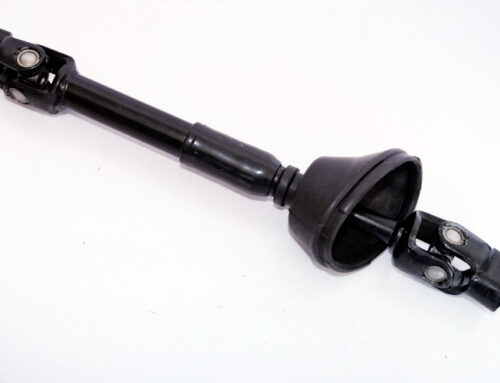
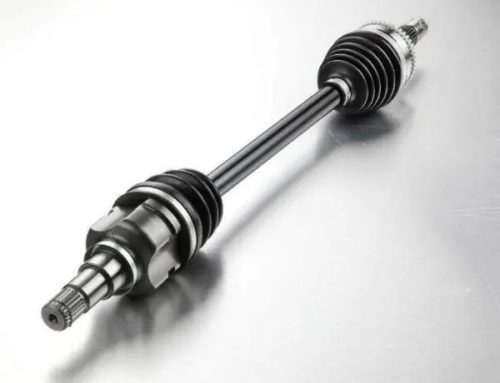
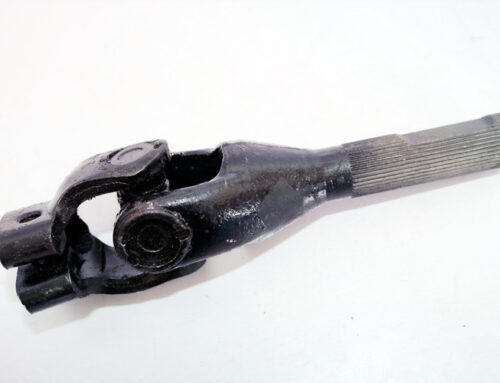
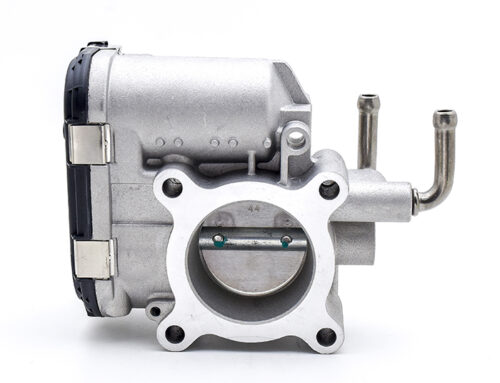
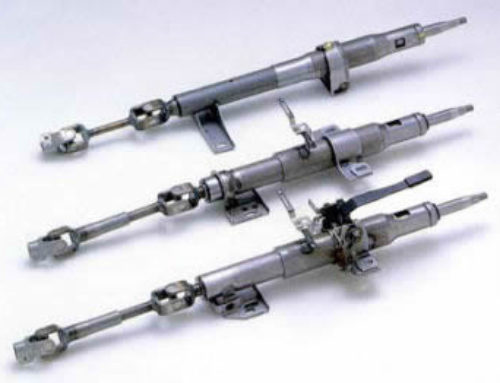
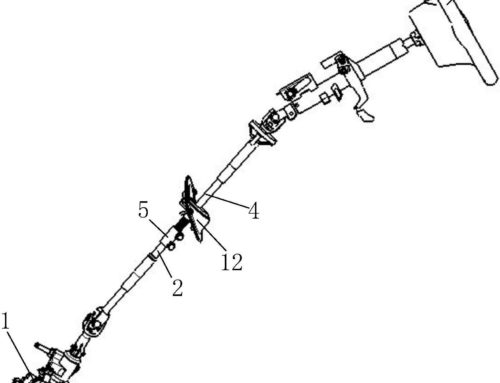
Leave A Comment